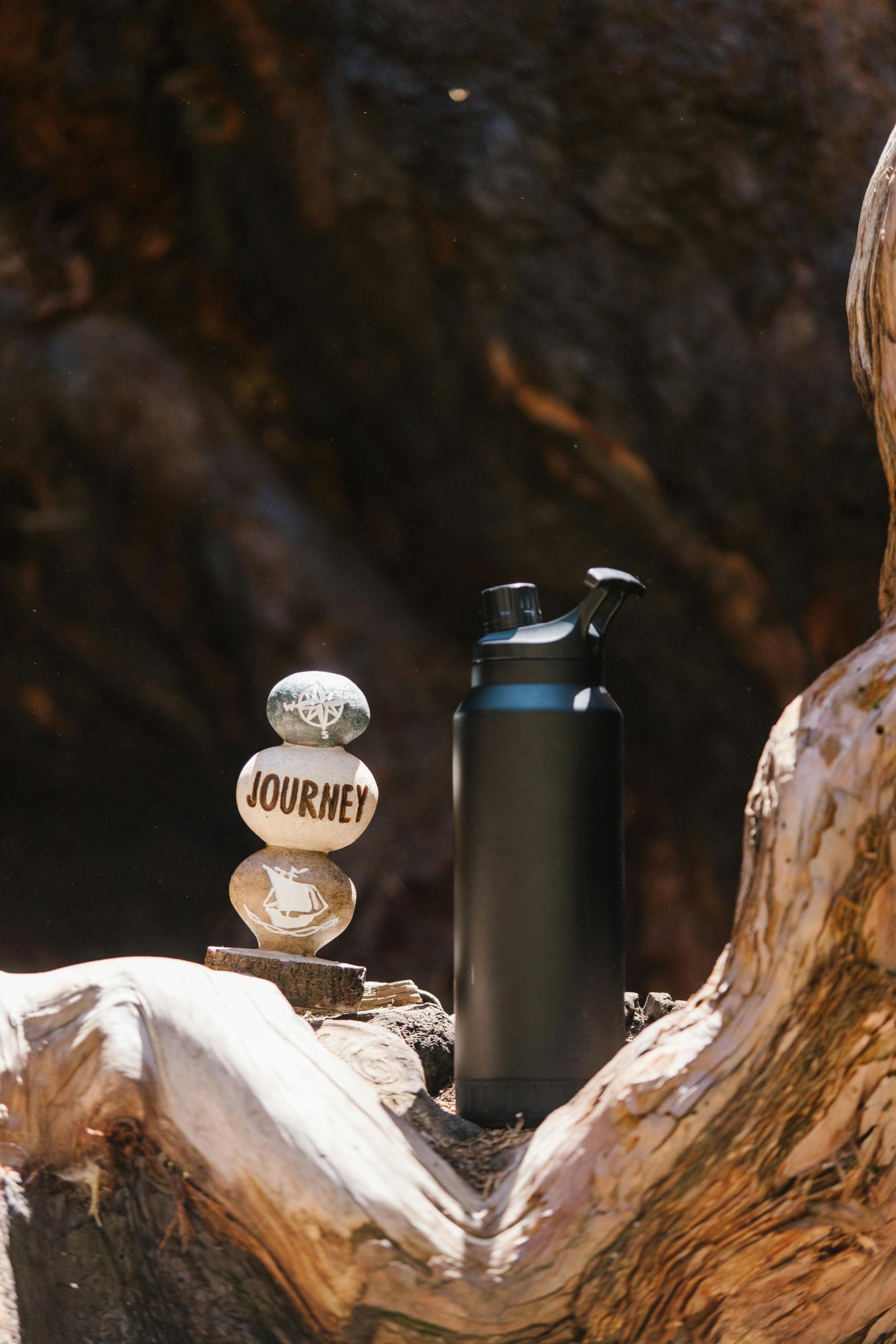Rock climbing is an exhilarating sport that combines physical strength, mental focus, and a deep connection with nature. Whether you’re drawn to indoor climbing gyms or the rugged beauty of outdoor cliffs, getting started can feel overwhelming. But with the right guidance, gear, and mindset, anyone can begin their climbing journey. This guide will walk you through essential tips and must-have gear to help you start your rock climbing adventure safely and confidently.
Understanding the Basics of Rock Climbing
Before you strap on a harness, it’s important to understand the different types of rock climbing. Each style offers unique challenges and requires specific techniques:
- Bouldering: Short, powerful climbs without ropes, typically done on artificial walls or small boulders. Crash pads are used for safety.
- Top-Rope Climbing: A rope is anchored at the top of the climb, making it one of the safest ways for beginners to start.
- Lead Climbing: The climber attaches the rope to anchors as they ascend, requiring more skill and experience.
- Sport Climbing: Similar to lead climbing but uses pre-placed bolts for protection.
- Trad (Traditional) Climbing: Involves placing removable gear into cracks for protection, demanding advanced skills.
For beginners, starting with bouldering or top-rope climbing at an indoor gym is a great way to build confidence and technique before venturing outdoors.
Essential Gear for Rock Climbing Beginners
Having the right gear is crucial for safety and performance. Here’s a breakdown of the must-have equipment for new climbers:
Climbing Shoes
A good pair of climbing shoes is your most important investment. They should fit snugly but not painfully, with a slight curl in the toes for better grip. Beginners can opt for flat-soled shoes for comfort during longer sessions.
Harness
If you’re planning to do roped climbing, a harness is essential. Look for one with adjustable leg loops and ample padding for comfort. Make sure it fits securely around your waist and thighs.
Helmet
Safety first! A climbing helmet protects your head from falling rocks or accidental impacts. Even in indoor gyms, it’s a smart precaution for beginners.
Chalk and Chalk Bag
Chalk keeps your hands dry and improves grip. A chalk bag attaches to your harness or waistband for easy access during climbs.
Belay Device and Carabiner
For top-rope or lead climbing, you’ll need a belay device (like an ATC or GriGri) and a locking carabiner to manage the rope and catch falls.
Crash Pad (For Bouldering)
If bouldering is your focus, a crash pad provides cushioning for falls. Look for one with thick foam and a durable outer shell.
Tips for Beginner Rock Climbers
Now that you have your gear, here are some practical tips to help you progress safely and efficiently:
Start Slow and Focus on Technique
Climbing isn’t just about strength—it’s about movement. Focus on footwork, body positioning, and using your legs to push rather than relying solely on your arms. Take lessons or watch experienced climbers to learn proper techniques.
Build Strength and Flexibility
Incorporate exercises like pull-ups, core workouts, and yoga into your routine to improve climbing performance. Flexibility helps with reaching holds and reducing injury risk.
Climb with Experienced Partners
Climbing with someone more experienced can accelerate your learning curve. They can offer tips, spot you during bouldering, and ensure proper belaying techniques.
Listen to Your Body
Climbing can be tough on your fingers, shoulders, and tendons. Rest when needed, and don’t push through pain to avoid overuse injuries.
Learn Basic Knots and Safety Protocols
Master essential knots like the figure-eight follow-through and the double fisherman’s knot. Always double-check your gear and belay system before climbing.
Finding the Right Climbing Community
Joining a climbing gym or local club can provide support, motivation, and valuable knowledge. Many gyms offer beginner classes, workshops, and social climbing nights. Online forums and apps like Mountain Project are also great resources for finding climbing partners and routes.
If you’re venturing outdoors, research the area beforehand, check weather conditions, and follow Leave No Trace principles to protect the environment.
Conclusion
Rock climbing is a rewarding sport that challenges both body and mind. By starting with the right gear, focusing on technique, and connecting with a supportive community, you’ll set yourself up for success. Remember, every climber was once a beginner—take your time, enjoy the process, and celebrate small victories along the way. The rock will always be there, ready for your next adventure.
